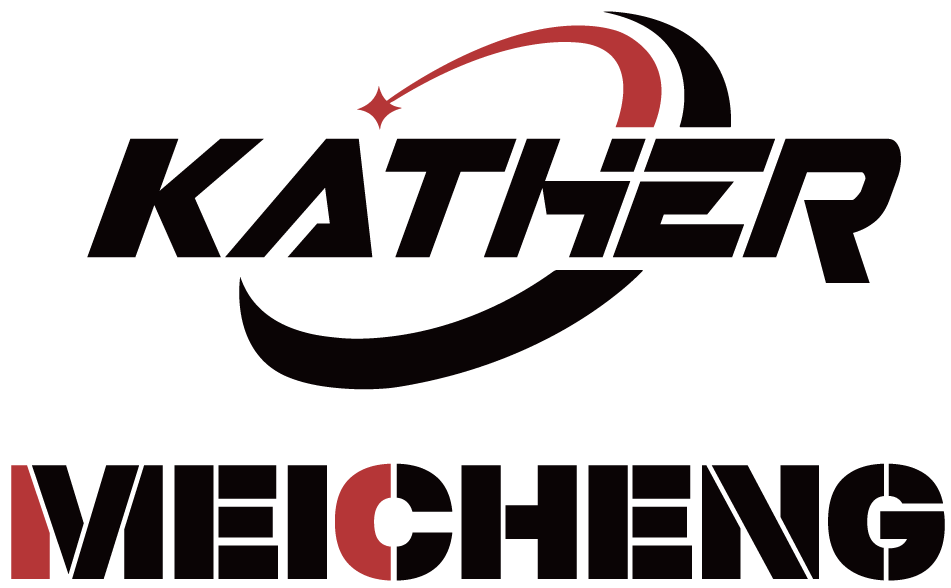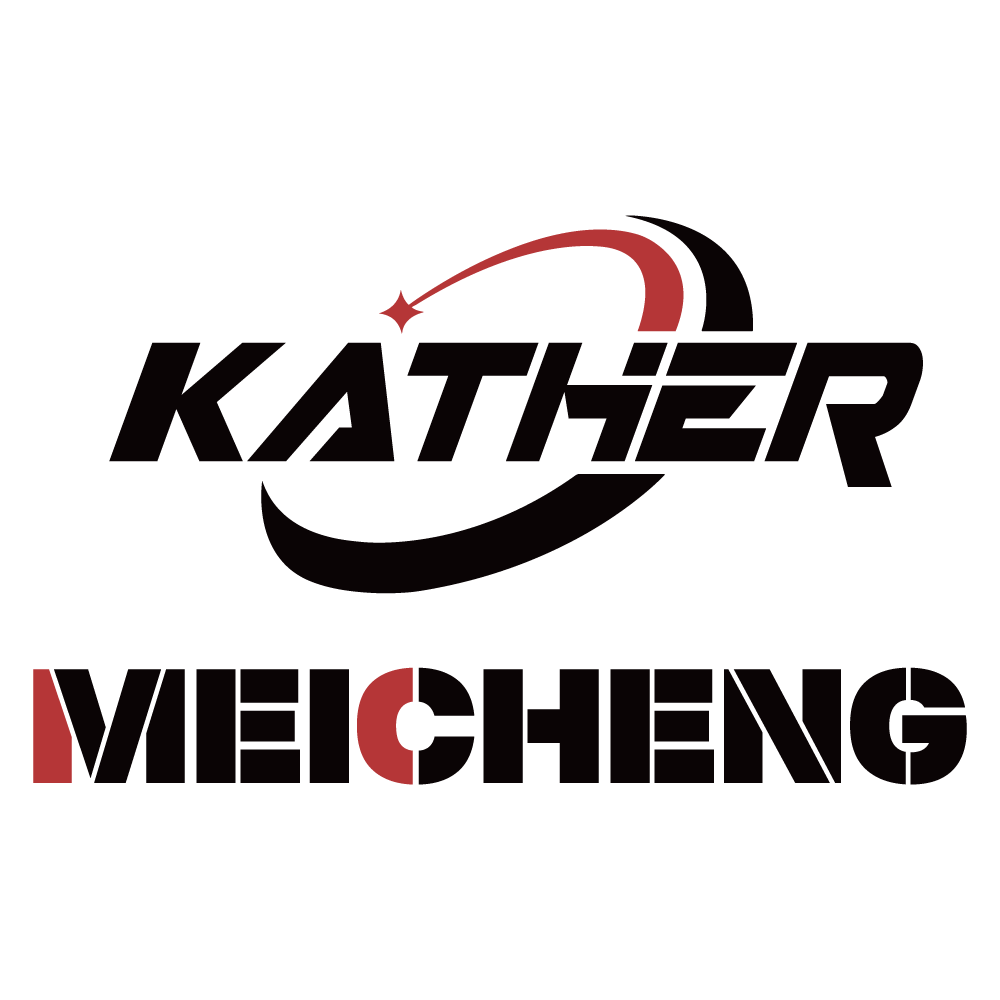How Diesel Silent Generators Work
Combustion-to-Power Conversion Process
Diesel engines in silent generators work through what's called the four stroke process. First comes the intake stroke when fresh air gets pulled into the engine cylinder. Then we move to compression where that air gets squeezed down tight, making it really hot and pressurized. Next up is the power stroke. At this point, tiny droplets of diesel fuel get sprayed into the superheated air mixture. The fuel catches fire almost instantly, creating an explosion that forces the piston down - this is actually how most of the mechanical energy gets produced. Lastly there's the exhaust stroke which simply kicks those spent gases out so the whole cycle can start again from scratch.
The fuel injectors along with proper ignition timing are really important for getting the most power out of an engine. When diesel fuel gets injected just right into the combustion chamber, it burns better and turns more of that fuel into usable energy. Basically, what happens is the chemical stuff in diesel gets turned into mechanical movement first, then eventually becomes electricity we can use. Most diesel engines run pretty efficiently too, somewhere around 30 to 50 percent efficient actually. That makes them good choices when someone needs dependable power no matter what conditions they're working under. People interested in how all this works might want to look at different types of diesel generators available on the market today.
Soundproofing Mechanisms in Action
The way soundproofing works for those diesel generators that claim to be quiet? Well, it's all about combining different materials and clever design elements to keep the noise contained. Most setups rely on things like acoustic foam and that heavy duty stuff called mass loaded vinyl which eats up sound waves before they can escape. Inside these units, there are also these maze-like baffles and special barriers built right into the structure. They basically trap the noise inside instead of letting it bounce around and annoy everyone nearby. Some models even have multiple layers of insulation packed between metal panels to create an extra barrier against unwanted decibels.
Research has shown that these soundproofing methods work pretty well, cutting down noise levels by around 15 to 20 decibels according to various tests. Quieter operation improves overall experience while making sure equipment stays within local noise limits. This matters a lot in places where noise control is critical, think hospitals or neighborhoods near industrial sites. Equipment with good sound insulation tends to be favored over standard models simply because they operate at lower volumes. Plus, manufacturers show real consideration for community standards when incorporating these noise reduction features into their designs. Anyone interested in learning about specific details should check out our comprehensive guide on silent generator technology and performance specs.
Noise Reduction Engineering
Acoustic Enclosure Design Principles
Noise control really depends on good acoustic enclosures when dealing with those supposedly quiet generators. What makes these enclosures work? Well, they're built with three main things in mind: how they look (shape), what they're made of (materials), and how air moves through them. The actual shape matters a lot because it affects how sound bounces around inside. Manufacturers usually line these enclosures with stuff like acoustic foam or special barrier materials that soak up unwanted noise. But don't forget about airflow either. Without proper ventilation, even the best designed enclosure can become a death trap for heat buildup. Some companies have cracked the code though. Take Cummins Inc. for instance. They've developed some seriously effective noise reduction solutions specifically for places where every decibel counts, like hospital rooms next to MRI machines or server farms housing delicate computer equipment. Their approach shows just how important thoughtful design becomes in environments where background noise simply cannot be tolerated.

Vibration-Dampening Mount Systems
Mounts designed to dampen vibrations make a big difference when it comes to cutting down noise from diesel generators. These mounts work by separating vibrations so they don't travel through to the generator frame or spread into the surrounding area. Most installations use either rubber mounts or isolation pads that absorb much of the vibrational energy. Research across the power generation sector shows these mounting solutions can cut noise levels dramatically, making generators run noticeably quieter. This matters a lot for compliance with local noise ordinances. Generators equipped with proper vibration control become viable options even in places where noise restrictions apply strictly, such as apartment complexes near industrial zones or commercial buildings located close to residential streets.
60 dB Operational Noise Thresholds
Getting down to around 60 dB operation noise matters a lot when working in cities and following those tough noise rules most places have. Think about it this way it's roughly the same volume as people talking normally, so it works well in spots where keeping things quiet really counts, like near hospitals or in neighborhoods. Cities across the country typically put rules in place that require generators to stay below this level, so they don't become another source of unwanted noise. When generators operate under these limits, the quieter diesel models can actually function right in crowded urban settings without breaking any local noise laws. This helps meet city infrastructure demands while avoiding extra noise pollution that烦扰 residents already dealing with enough sounds from traffic and construction.
Variable RPM Technology Savings
The variable RPM tech makes diesel generators work better because it lets engines change speeds depending on what kind of load they're handling. When generators match their output to real power needs instead of running at full blast all the time, there are real advantages for operators. The biggest wins come from saving fuel money and putting less stress on engine parts. Some tests show these systems can cut fuel use by around 30% in certain situations, which adds up to serious savings after months of operation. Beyond just saving cash, this kind of efficiency means generator parts last longer before needing replacement or repair. For businesses that need reliable power day after day, especially in manufacturing or remote locations where downtime costs money, investing in variable RPM technology often pays off pretty quickly when looking at maintenance bills and overall operating expenses.
Cold-Start Optimization Features
When temperatures drop, diesel generators with cold start tech really shine. Things like those little glow plugs and better battery systems make all the difference for getting them going without hassle, which cuts down on those frustrating cold weather startup problems we've all dealt with. The good news is these features actually help save fuel too. Less fuel burned at startup means lower emissions right off the bat. Some research shows these improvements can boost starting performance quite a bit in freezing conditions. And when generators fire up properly from day one, companies spend less money overall because they're not wasting fuel trying to get things going again and again.
15% Partial Load Consumption Reduction
Silent diesel generators have been engineered specifically to save fuel even when running at lower capacities, something that matters a lot for facilities dealing with changing power demands throughout the day. When working under partial loads, these machines actually consume about 15 percent less fuel than standard models, which translates to real money savings on fuel expenses and longer runtime between refuels. What makes this possible is their clever engineering that adapts well to varying workloads. Many manufacturing plants and construction sites benefit from this feature since they don't need constant maximum output all day long. A factory floor might only require half capacity during setup periods but still wants reliable power. With these generators, businesses match their spending closer to what they actually use instead of paying for wasted energy.
Durability in Demanding Environments
Triple-Stage Air Filtration Systems
Modern generators often come equipped with triple stage air filters that really matter when it comes to keeping engines running smoothly for years. These systems work in three parts basically. First there's the pre filter that grabs big stuff like dust and dirt before it gets anywhere near the engine. Then comes the main filter which catches those tiny particles that slipped past the first line of defense. Finally we have the post filter acting as insurance against anything super fine that might still be floating around. All this filtering does two main things actually protects the engine from getting damaged by foreign materials and cuts down on wear and tear over time so the generator lasts longer. Some research out there shows that better air quality directly affects how well engines perform, which explains why good filtration isn't just nice to have but essential for anyone wanting their generator to stay efficient and reliable throughout its lifespan.
500-Hour Service Intervals in Dust
Extended service intervals really help generators perform better, especially when they're running in dusty areas. Dust gets everywhere and clogs things up fast, so being able to go longer between maintenance checks saves both time and money. Modern generators come with some pretty smart engineering that lets them run for ages without needing attention even in tough spots. Take construction sites or desert regions for instance these places are basically dust traps. When generators don't need servicing as often, companies save big on labor costs and equipment wear. According to field reports from various industries, some models actually last around 500 operating hours before needing maintenance in dusty conditions. That kind of longevity means less downtime waiting for repairs and lower expenses overall, which makes a huge difference in project budgets and day-to-day operations.
Corrosion-Resistant Component Design
When generators operate in tough conditions, their parts need to be built with materials that stand up to corrosion. Think stainless steel or special protective coatings for instance. Why does this matter? Well, these materials help keep diesel generators running longer and better because they stop components from breaking down over time. The battle against rust becomes especially important near coastlines or inside factories where salt air or chemical fumes hang around constantly. What we're really talking about here is money saved in the long run. Corrosion resistant materials protect what matters most - the core of the generator itself. They make sure things keep working when they should, cut down on unexpected failures, and ultimately save plenty on repair bills. That kind of protection pays off month after month for anyone relying on consistent power generation.
Smart Monitoring Capabilities
Real-Time Performance Dashboards
Performance dashboards that update in real time are changing how people run diesel generators day to day. What makes them so useful? They track all sorts of important stuff like how much fuel gets burned, how long the generator runs, and overall engine condition. This lets operators keep an eye on things and tweak settings when needed. The real value comes from turning numbers into something useful for actual decisions. Take fuel consumption as an example. When it spikes unexpectedly, operators spot problems fast before they become big headaches. Over time, these dashboards help cut down on wasted money from excess fuel while keeping generators running smoothly most of the time. Companies report saving thousands just by having better visibility into what their equipment is actually doing.
Predictive Maintenance Alerts
The alerts from predictive maintenance systems are really important for keeping diesel generators running smoothly. They work by crunching numbers and looking at past performance data to spot problems before they actually happen. The algorithms behind these systems check out all sorts of metrics and old records to figure out when service is needed. This approach cuts down on those annoying surprise breakdowns and helps machines last longer. Companies that adopt this kind of maintenance strategy tend to see real benefits. Less downtime means fewer headaches and better overall output. Take manufacturing plants for instance many factories across the country started using predictive maintenance techniques in recent years. What happened? Fewer machines breaking down unexpectedly and big savings on repair costs in the long run.
Cloud-Based Fleet Management
Cloud based fleet management systems have completely changed how we monitor and manage diesel generators, giving us those all important real time insights from anywhere at any time. With cloud tech, operators can actually see what's happening with their equipment no matter where it sits around the country. They get this remote access to performance numbers across different sites, which makes it much easier to coordinate things when problems pop up. What really matters here is that everything gets handled faster because there's someone watching all the time. A bunch of companies who switched to these cloud solutions tell similar stories they save money on maintenance costs, make better use of their assets, and generally run smoother operations since everything is tracked centrally now. For folks running big fleets spread out over thousands of miles, this kind of system isn't just helpful it's almost essential nowadays.
Tier 4 Emission Compliance
Particulate Filter Advancements
Diesel particulate filters are really important for cutting down on bad stuff coming out of backup power generators. They work by catching all that soot produced when diesel burns, which means less dirty stuff gets released into the atmosphere. We've seen some pretty big changes in how these filters work lately. New materials and better designs mean they're trapping way more pollutants than before. Some tests show these upgraded filters can cut particulate matter by as much as 90%, which is huge progress. Generator manufacturers aren't just doing this because it's good for business either. They need to meet stricter environmental rules while still making sure their equipment runs reliably. This balance between clean air and solid performance shows what the industry can achieve when forced to innovate under pressure.
Selective Catalytic Reduction Tech
Selective catalytic reduction or SCR tech has really taken off as a must-have feature for keeping diesel generators in line with emissions rules. The way it works? Well, SCR systems basically use ammonia inside a special catalyst chamber to turn those pesky nitrogen oxides (NOx) into just plain old nitrogen and water vapor. Manufacturers have started incorporating this tech into their diesel silent generators because it cuts down on NOx pollution quite a bit, bringing operations much closer to what environmental agencies require. Most jurisdictions now set pretty tight limits on how much NOx can be emitted, and SCR systems are what makes meeting those targets possible while still running generators at good efficiency levels. For anyone dealing with equipment that needs to pass Tier 4 standards, SCR remains one of the best options available right now to stay compliant without sacrificing too much performance.
Opacity Monitoring Systems
Opacity monitoring systems play a vital role in measuring what comes out of exhaust stacks so companies stay within the rules set by regulators. These setups typically include different kinds of sensors that look at how dark or clear those exhaust fumes appear, something really important when tracking particles coming from diesel generators specifically. When these sensors work right, they give trustworthy numbers that let plant managers know if their emissions are staying under the limit allowed by environmental laws. Keeping those opacity readings where they need to be satisfies all the paperwork stuff first off, but there's another angle too clean air matters for everyone around the facility long term. Cleaner exhaust means better air quality overall for communities near industrial sites.
Application Scenarios
Urban Hospital Power Continuity
Urban hospitals really depend on having power all the time without any interruptions. That's where diesel silent generators come into play, making sure medical facilities keep running smoothly when there's no electricity. These generators protect patient safety during blackouts which happens more often than people think. A lot of hospitals across the country have seen real advantages from installing them because they meet those tough noise regulations around hospitals. Patients don't get disturbed by loud machinery sounds at night thanks to this feature. From a money standpoint, these generators save hospitals quite a bit too. When there are power spikes or high demand periods, hospitals aren't forced to pay premium rates for grid electricity. The cost savings add up over time while operations run better overall.
Construction Site Energy Solutions
Diesel silent generators fit right into what construction sites need because they pack plenty of power while still being easy to move around. The big difference compared to regular generators? They don't create all that annoying noise that usually disrupts work on site. Most areas actually have rules about how loud equipment can be, so these quiet models help keep things running without getting shut down for violating noise ordinances. Look at major infrastructure developments across Europe and Asia where silence matters most near residential areas. Contractors there stick with diesel silent generators because they just work better under pressure. These machines handle everything from powering tools during night shifts to backup electricity when grid connections fail, making them indispensable despite higher upfront costs.
Remote Telecom Tower Reliability
Getting power to those remote telecom towers is no easy task since they're often stuck out there where nobody else lives, but diesel silent generators seem to be the answer most people turn to. What makes them work so well? They've got all sorts of handy features including remote monitoring systems and smart control panels that keep things running smoothly even when nobody's around. This matters a lot for keeping cell service going in places where regular electricity just isn't available. We've seen plenty of examples where companies installed these generators at far flung tower sites and everything worked as planned. Communication stays strong over long distances and rough landscapes because of these machines, which explains why so many operators stick with them despite the initial investment costs.
FAQ
How does a diesel silent generator work?
A diesel silent generator operates using a four-stroke cycle: intake, compression, power, and exhaust. Fuel injectors release diesel into compressed hot air, igniting and converting chemical energy into mechanical, then electrical energy.
What are the soundproofing techniques used in diesel silent generators?
Soundproofing involves using acoustic foam, mass-loaded vinyl, baffles, and sound insulation barriers to dampen noise effectively, allowing quieter operation and compliance with noise regulations.
What is the importance of acoustic enclosures in silent generators?
Acoustic enclosures minimize sound by shaping, material composition, and airflow management, preventing overheating and enhancing quiet operation in sensitive environments.
Why is Variable RPM technology beneficial in diesel generators?
Variable RPM allows generators to adjust engine speed according to load, offering up to 30% fuel savings, reducing operational costs, and extending component longevity.
How do particulate filters reduce emissions in diesel silent generators?
Particulate filters trap soot particles during diesel combustion, with advancements increasing efficiency and lowering maintenance while adhering to environmental regulations.
Table of Contents
- How Diesel Silent Generators Work
- Noise Reduction Engineering
- Variable RPM Technology Savings
- Cold-Start Optimization Features
- 15% Partial Load Consumption Reduction
- Durability in Demanding Environments
- Smart Monitoring Capabilities
- Tier 4 Emission Compliance
- Application Scenarios
-
FAQ
- How does a diesel silent generator work?
- What are the soundproofing techniques used in diesel silent generators?
- What is the importance of acoustic enclosures in silent generators?
- Why is Variable RPM technology beneficial in diesel generators?
- How do particulate filters reduce emissions in diesel silent generators?







